Which Report Indicates The Pages Of Your Website
If you put time and effort into creating exceptional content, surely you also want to know the outcome. How many people read your article, page, or white paper? Was your content interesting enough? Did it lead them to take further action? The only way to find out is to start measuring! If this is new to you, opening Google Analytics can seem overwhelming. The number of reports, charts, graphs, and metrics may appear daunting at first, but you'll soon get used to it. Spending a little time exploring the tool will already provide you with valuable insights. In this post you will learn: Why the time is now for B2B marketers to develop modern digital content experiences. Get the White Paper Google Analytics is a freemium web analytics service, and like most Google products, setting up your account is not rocket science. The first thing you need to do is login or create an account. Step two is to add a new property for your website or interactive web publication. When you create a new property, Google Analytics will give you a unique UA-Code, which looks something like: UA-12345678-9. It will also give you a JavaScript tracking code, but you probably won't need this. For Foleon users, we recommend you create one property (one UA-Code) for each of your projects. This allows you to compare editions without needing to filter out data from your other groups. The last thing is to connect your new Analytics property to your content management platform (CMS). There are a few ways to do this: Most content management systems just need your UA-code. If you use WordPress, for example, you can find numerous plugins to help you connect Google Analytics. Just make sure the plugin you select is well-maintained and regularly updated to avoid security issues. If you use Foleon for creating interactive web content, you can easily integrate Analytics by adding your UA-code in our editor. That's all there is to it. You set up Google Analytics and connected your CMS. But how do you start analyzing your data? We'll cover that in the next sections. It might sound obvious, but measuring only works if you know what you want to measure. Let's say you created an amazing digital brochure. If your objective is to drive sales, you'll need to check how many visitors ordered products after looking at your brochure. If your objective is to improve brand awareness, on the other hand, you'll want to check the number of new visitors you acquired and how often they shared your marketing material. If your goal is engagement, then the number of pages per visitor and the average time spent on page will be important metrics. It's essential that you define the purpose of your content and set clear objectives. For example: Without predefined goals, you can measure, but the numbers won't tell you anything. With goals in place (even if they begin as educated guesses), you can determine whether your content is performing better or worse than expected. Then, based on the information you gather, you can begin to optimize your content (more about that later). First, let's look at how to actually find the metrics you need to measure your content. Before proceeding, it's good to get yourself familiar with some Google Analytics metrics. These are numbers and percentages that you'll see over and over in various reports and dashboards. A session is basically just a "visit." It's a group of interactions by a user that take place within a given time frame. For example, a single session can contain multiple page views, events, social interactions, and ecommerce transactions. A single person might start several sessions in one day if they return to your site at different times. Source: https://support.google.com/analytics/answer/2731565?hl=en This is the number of unique visitors that visited your website or digital publication. Again, a user can have multiple sessions. If some guy named Frank visits your website and looks at a few pages, then after a nice lunch break returns to his desk and visits again, Google Analytics will record one user and two sessions. As its name implies, this is simply the average amount of time people spend visiting your website or publication during a single session. If two people visit your website, one spending 3 minutes before leaving and the other spending 10 minutes, your avg. session duration will be 6.5 minutes. The pageviews metric is the total number of pages viewed by all your users. Repeat views of the same page by the same person are included in this number. You can look at the pageviews for individual pages, and also the total number of pageviews for your entire website. Each page on your website has its own exit rate. It's calculated by dividing the number of sessions that ended on that page (i.e. users who leave your website from that page) by the total number of pageviews for that page. It indicates where people may be getting stuck and leaving your website. Bounce rate is the percentage of sessions that end after just 1 page view (in other words, they came and then immediately left again). Every page that serves as an entry point to your site has its own bounce rate. A low bounce rate indicates that users like what they see and continue interacting with your website or web publication. Learn more. Tip: See how Taalcentrum VU combined analytics with qualitative data to figure out what was most engaging, and then improve their web publications. When you start digging into your analytics, it's important to know what you're looking for. You can spend ages pouring over reports, but unless you approach your data with the right questions, you won't gain any meaningful insights. Stick to the objectives you defined earlier and try to determine if your content is performing above or below expectations. Here are a number of the most important reports you'll find in Google Analytics. Each one helps you see your data from a different angle. This report helps you gauge audience engagement over a select time period for your entire website or web publication. It answers questions like: If you have a large amount of traffic, but your bounce rate is high or the session time is particularly low, it could mean that users are not finding what they're looking for and you should improve your content. If users are very engaged, on the other hand, but your traffic is low, you may want to spend more effort on promotion. The channels report helps you determine where your visitors are coming from and spot differences in their behavior. It answers questions like: If you see lots of visitors coming from a particular channel but not engaging, it could indicate that your content is not well-aligned with the link or ad they clicked on. You should check for consistency in your messaging. If, on the other hand, you see a particular channel with very little traffic but a high conversion rate, you might consider investing more in promotion on that high-performing channel. Tip: Use UTM links when promoting your publication to increase the accuracy of this report. The all pages report tells you which specific pages on your site or publication are performing the best according to various metrics. Is there a particular page that is performing extremely well? Maybe you should consider making it more central on your site, or moving it to the front of your publication. Are your most important pages underperforming? Perhaps you should emphasize them more, revise the content, or add more compelling CTAs. This report breaks down your most important metrics, like users and sessions, by device type, splitting it across desktop, tablet, and mobile. If you see a higher bounce rate, or lower conversion rate for mobile devices, it could indicate that your site or publication is not well-optimized for smaller screens and you should fix it. Try to design your site or publication around the type of device the majority of your visitors use. There is so much more to explore in Google Analytics. Eventually, you'll want to look into custom dashboards, audience segments, event tracking, and even custom metrics. But that's for another blog post. Google also offers free video courses at the Analytics Academy for those looking to improve their skills. Even at a basic level, the most important thing you can learn is to translate the data you collect into actionable insights. Setting goals, deciding what you want to measure, and asking the right questions are they keys to making analytics useful. *** Want more great insights, including conversations with the top minds in content marketing and communications? Sign up to receive our blog posts. Why the time is now for B2B marketers to develop modern digital content experiences. Get the White Paper
As a bonus, we'll look at few easy-to-find reports that will give you great insights fast. Foleon & CMI White Paper
The Experience Matters: Four Challenges Marketers Must Address to Overcome Content Creation Barriers
.png?width=527&name=Overcome-Content-Creation-Barriers%20(1).png)
Begin by setting up your Analytics
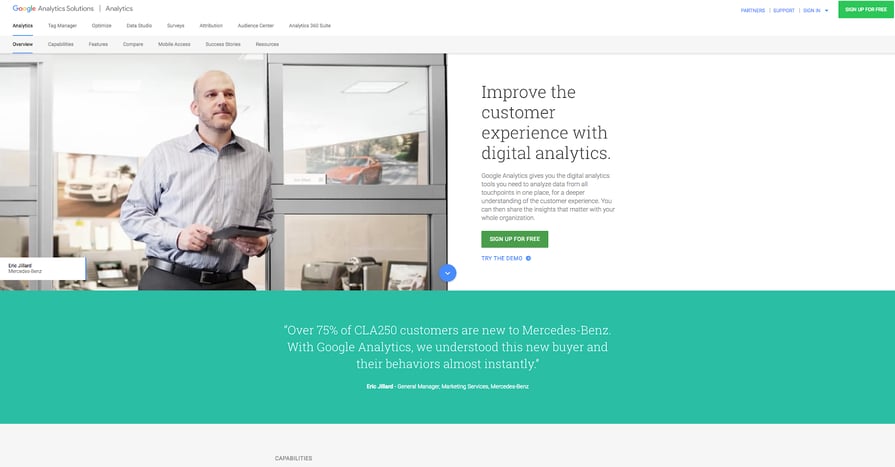
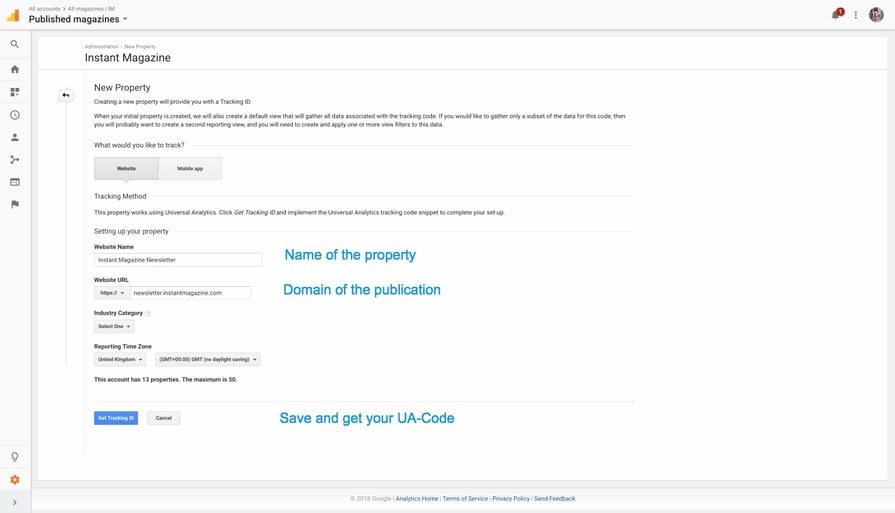
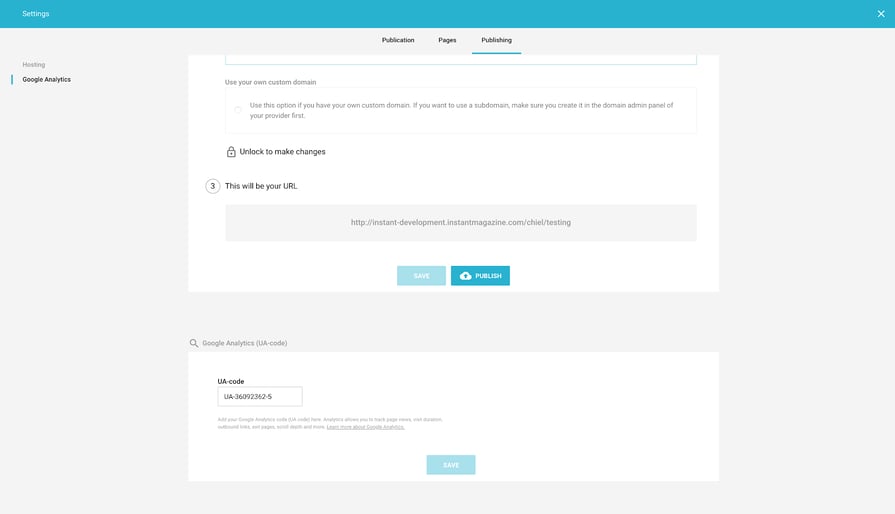
Analytics starts with clear objectives
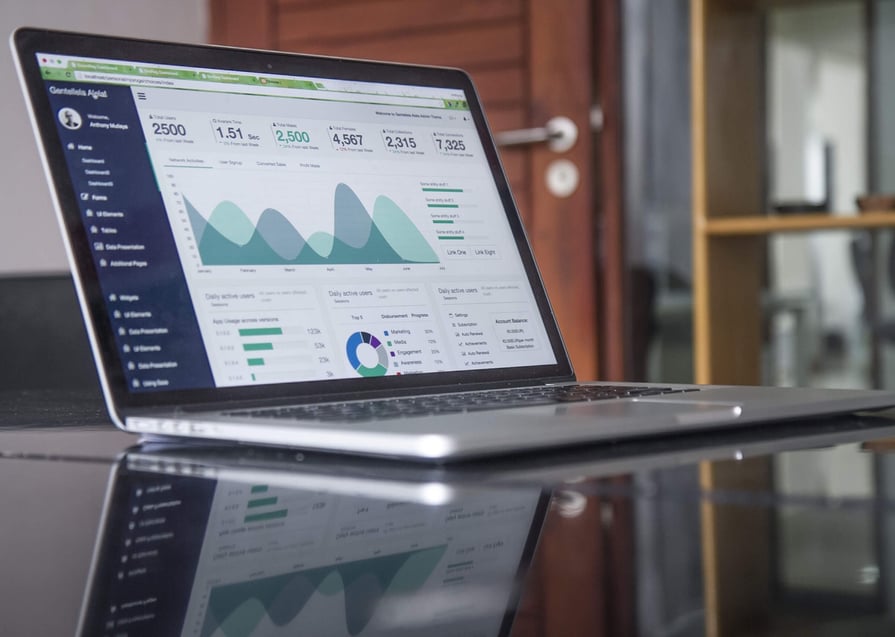
Getting to know the most important Google Analytics metrics
Sessions

Users
Avg. session duration
Pageviews
Exit rate
Bounce rate
The most important Google Analytics Reports and how to read them
Audience overview report (Audience → Overview)
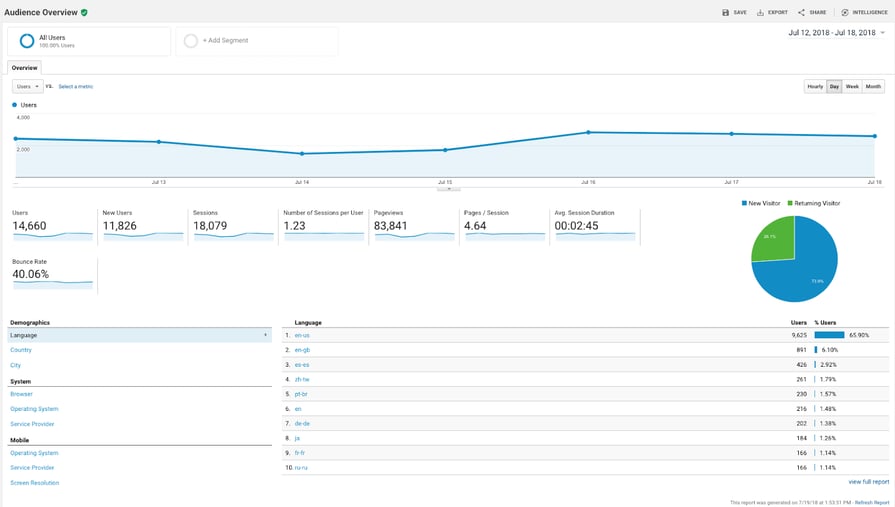
What conclusions might you draw from this data?
Channels report (Acquisition → All Traffic → Channels)
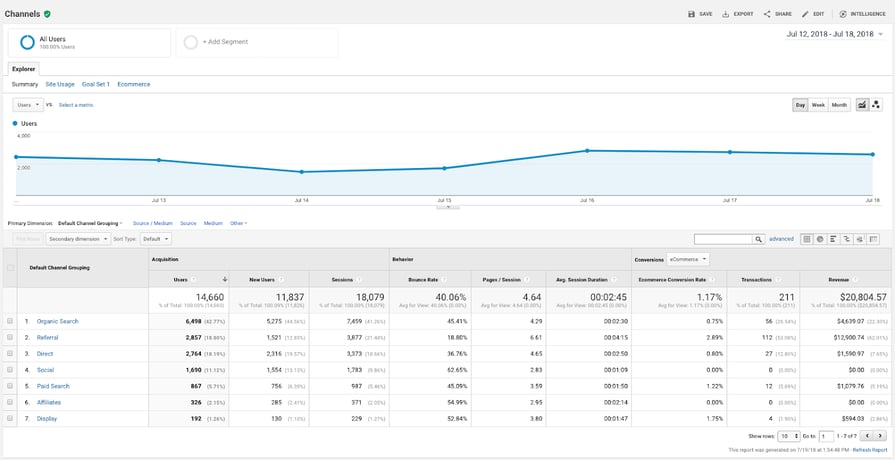
What conclusions might you draw from this data?
All pages report (Behavior → Site Content → All Pages)
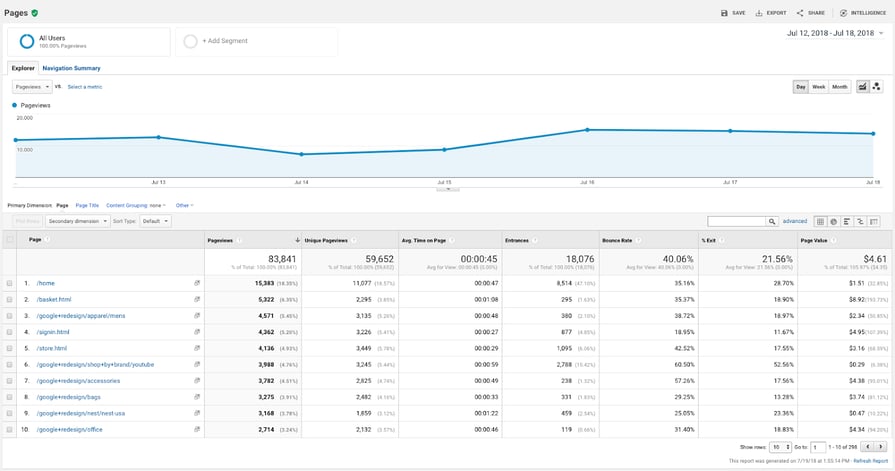
What conclusions might you draw from this data?
Mobile overview report (Audience → Mobile → Overview)
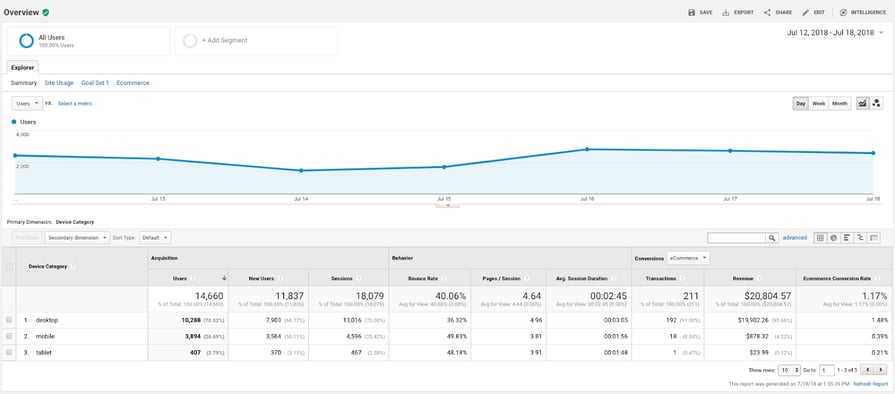
What conclusions might you draw from this data?
And we've only scratched the surface
Foleon & CMI White Paper
The Experience Matters: Four Challenges Marketers Must Address to Overcome Content Creation Barriers
.png?width=527&name=Overcome-Content-Creation-Barriers%20(1).png)
Which Report Indicates The Pages Of Your Website
Source: https://www.foleon.com/blog/how-to-use-and-understand-google-analytics
Posted by: carterhinatimsee.blogspot.com

0 Response to "Which Report Indicates The Pages Of Your Website"
Post a Comment